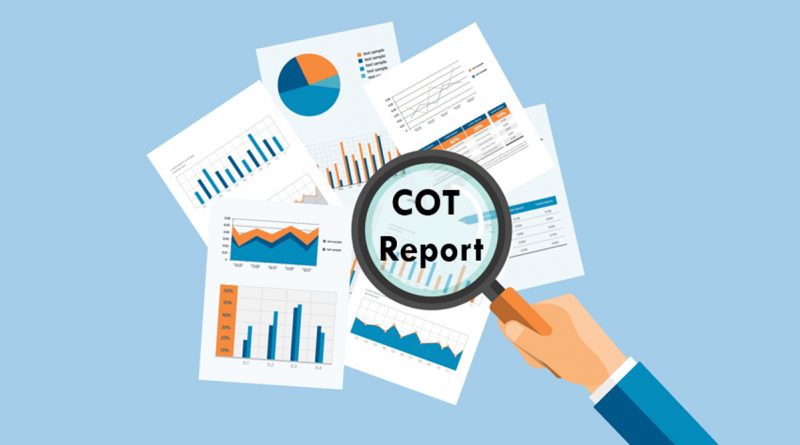Understanding COT Reports
If you’re interested in trading commodities, you’ve likely come across the term “COT report” at some point. COT stands for “Commitments of Traders.” These reports provide valuable insights into the positions held by large traders in the futures market.
In this article, we’ll explore what COT reports are and who issues them. Moreover, you’ll learn how you can use them to inform your trading decisions.
What are COT Reports?
The U.S. Commodity Futures Trading Commission (CFTC) publishes the COT report every week. They provide a breakdown of the positions held by different types of traders in the futures market. It includes commercial traders, non-commercial traders (speculators), and small traders. The report covers data obtained from the futures exchanges and is typically released on Friday afternoons.
The COT report provides a wealth of information on the positions held by traders in various markets. In this report, you can find data on agriculture, energy, metals, and financials. Besides, the report contains different sections, each covering a specific market. For example, the agriculture section includes data on corn, wheat, soybeans, and other agricultural products.
The report raises the transparency of intricate exchanges by giving investors the most recent information on futures market operations. As a result, many futures traders use it as a market signal and decide on which to trade.
Key Highlights
- The Weekly Commitment of Traders (COT) report shows the combined holdings of various traders in the U.S. futures market.
- It specifies the number of long, short, and spread positions that make up the open interest.
- Traders can use the COT reports to decide whether to take long or short positions in their trading.
- The Legacy, Supplemental, Disaggregated, and Traders in Financial Futures reports are the four distinct COT reports.
Who Issues COT Reports?
As mentioned earlier, CFTC publishes the COT reports. The CFTC is a U.S. government agency that oversees the futures, options, and swaps markets. Its immediate goal is to protect market users and the public from fraud. Also, it aims to prevent manipulation and abusive practices in the derivatives markets.
The CFTC came into existence in 1974 as a result of the Commodity Futures Trading Commission Act. Since then, the agency has been responsible for regulating the U.S. derivatives markets and ensuring their transparency and integrity. COT reports are just one of the many tools that the CFTC uses to fulfill its mission.
COT Functions
The U.S. Department of Agriculture’s Grain Futures Administration first published an annual report like this in 1924. It described hedging and speculative activity in the futures market. That is when the COT report first appeared. Back in 1962, the report used to come every month. Later, the report started as a biweekly publication in the 1990s before switching to a weekly format in 2000.
Now, every Friday, the CFTC makes the report public after putting it together on Tuesday and validating it on Wednesday. The purpose of the research and data presented in the report is to educate readers about market dynamics.
Traders can use this report to decide whether to take a short position or a long position in their trading. However, due to regulatory restrictions, the report does not classify the positions of specific traders. According to the commission, this is a component of confidential business practices.
Uses of COT Reports
A variety of market participants use the COT reports. These include traders, analysts, and investors alike. You can use the data contained in the report to gauge market sentiment and identify trends. Here are some of the most common uses of COT reports:
✔️ Identifying market trends
You can utilize the COT reports to identify trends in the futures markets. For example, if the number of long positions held by speculators in a particular market is increasing, it can be a sign that the market is bullish.
✔️ Assessing market sentiment
The positions held by different types of traders can provide valuable insights into market sentiment. For example, if commercial traders are holding a large number of short positions, then this means that they are bearish on the market.
✔️ Informing trading decisions
Another use of COT reports is to make informed trading decisions. For example, if the report shows that speculators are heavily long in a particular market, it can result in an overbought market.
✔️ Providing a competitive advantage
COT reports can give traders a competitive advantage by providing information that is not readily available to the public. So, by analyzing the data in the report, traders can make informed trading decisions based on objective data.




